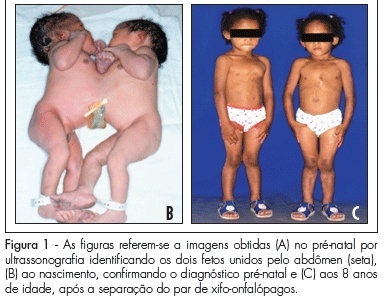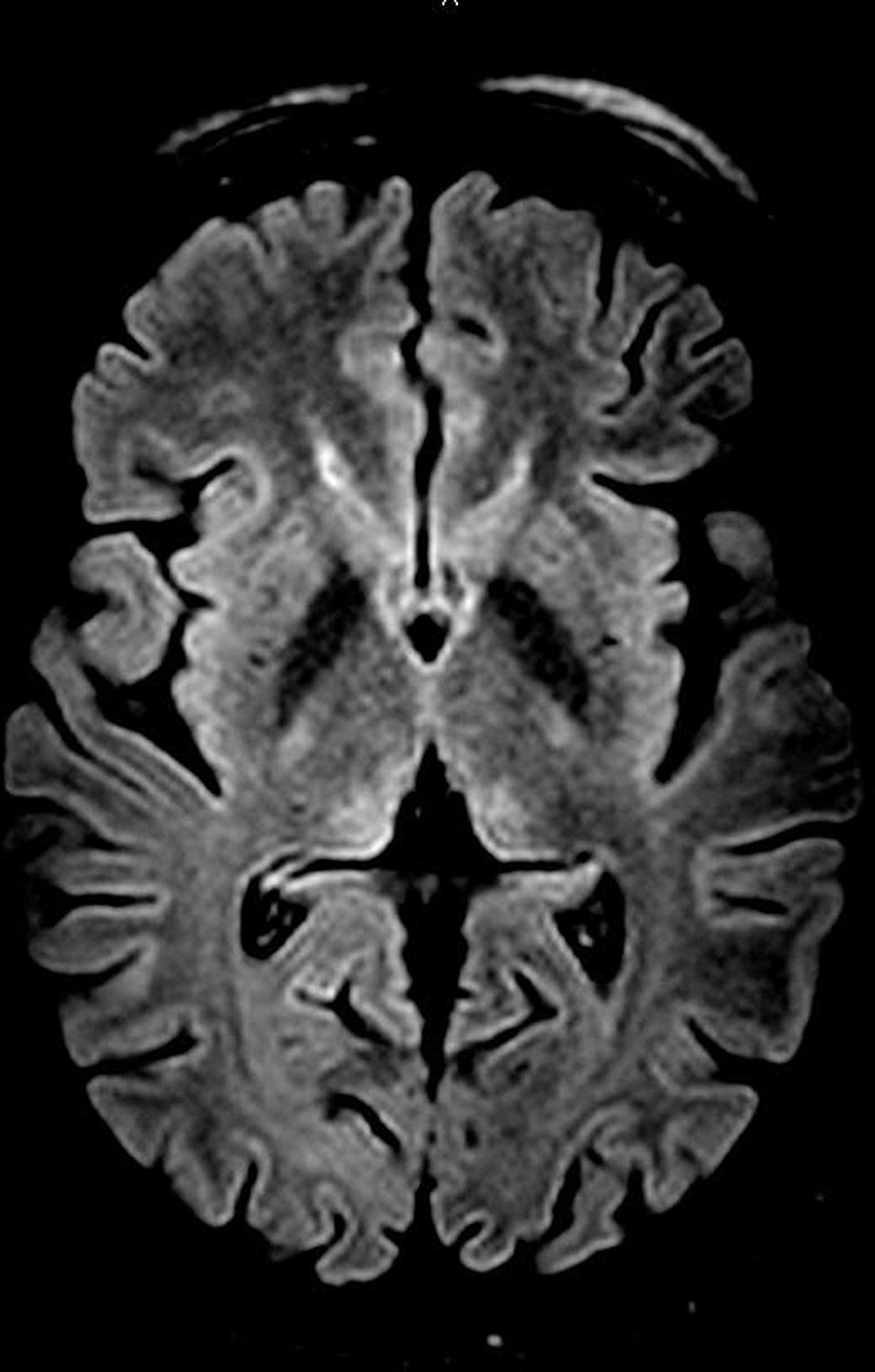You searched for:"Ricardo de Carvalho Cavalli"
We found (18) results for your search.Summary
Rev Bras Ginecol Obstet. 2014;36(9):387-392
DOI 10.1590/SO100-720320140005053
To evaluate the cases of uterine rupture and dehiscence of the uterine scar at a low-risk maternity and to point out possibilities for an improved approach to these complications.
A descriptive study was conducted at a 30-bed low-risk maternity hospital that provides care to users of the public health system. The investigation was carried out by searching for cases in the delivery room registry book and later reading the medical records in order to obtain the data. The information was inserted on a form previously elaborated for this study. Cases of uterine rupure and dehiscence of the uterine scar diagnosed from 1998 to 2012 were included, with the determination of incidence, aspects related to risk factors and diagnosis, association with the use of misoprostol and oxytocin, and the outcomes observed.
A total of 39,206 deliveries were performed in this maternity during the study period, with 12 cases of uterine rupture and 16 cases of dehiscence of uterine scar being observed. The most relevant results were a high perinatal mortality associated with uterine rupture and the unsuccessful diagnosis of this complications. It was not possible to demonstrate an association with the use of misoprostol or oxytocin.
The adverse outcomes of uterine rupture could be minimized if efforts were directed at improving the diagnostic performance of the assisting teams.
Summary
Rev Bras Ginecol Obstet. 2014;36(10):461-466
DOI 10.1590/SO100-720320140005029
To compare clinical and laboratory characteristics, obstetric and perinatal outcomes of patients with pre-eclampsia versus gestational hypertension.
A retrospective study was carried out to analyze medical records of patients diagnosed with pre-eclampsia and gestational hypertension whose pregnancies were resolved within a period of 5 years, for a total of 419 cases. We collected clinical and laboratory data, obstetric and perinatal outcomes. Comparisons between groups were performed using the test suitable for the variable analyzed: unpaired t test, Mann-Whitney U test or χ2test, with the level of significance set at p<0.05.
Were evaluated 199 patients in the gestational hypertension group (GH) and 220 patients in the pre-eclampsia group (PE). Mean body mass index was 34.6 kg/m2 in the GH group and 32.7 kg/m2 in the PE group, with a significant difference between groups. The PE group showed higher systolic and diastolic blood pressure and higher rates of abnormal values in the laboratory tests, although the mean values were within the normal range. Cesarean section was performed in 59.1% of cases of PE and in 47.5% of the GH group; and perinatal outcomes in terms of gestational age and birth weight were significantly lower in the PE group.
Women with gestational hypertension exhibit epidemiological characteristics of patients at risk for chronic diseases. Patients with pre-eclampsia present clinical and laboratory parameters of greater severity, higher rates of cesarean delivery and worse maternal and perinatal outcomes.
Summary
Rev Bras Ginecol Obstet. 2002;24(8):521-526
DOI 10.1590/S0100-72032002000800004
Purpose: to assess the evolution of epileptic seizures during pregnancy and the occurrence of malformations in neonates born to epileptic mothers who used anticonvulsant drugs during pregnancy, as well as the perinatal characteristics of the newborns. Methods: a total of 126 medical records of epileptic patients seen at the high-risk pregnancy outpatient clinic were analyzed retrospectively in terms of the following variables: age, parity, diagnosis of the type of epileptic seizure, anticonvulsant drug used during the prenatal period, evolution of epileptic seizures during the prenatal period, type of delivery, gestational age at resolution, and perinatal characteristics of the newborns. Results: the incidence of pregnant women with epilepsy was 0.2% in relation to prenatal patients, with simple partial epilepsy being the most frequent type (40% of cases). Monotherapy was applied to 75% of the patients and carbamazepine was the most frequently used drug. Among the 111 patients evaluated in terms of course of the disease during pregnancy, 53% showed no change, 31% became worse and 16% improved. Normal delivery was performed in 62.5% of cases, with a satisfactory perinatal result in terms of Apgar score, and with a rate of low birth weight neonates above the values for low-risk populations. No fetal malformations were observed. Conclusion: epilepsy showed a favorable course during pregnancy and was not aggravated by the latter, with cases of worsening of signs and symptoms being associated with epilepsy of difficult control before pregnancy. Evaluation of the perinatal characteristics of the neonates showed satisfactory Apgar scores and evolution, indicating that epilepsy and anticonvulsant drugs do not cause severe impairment of intrapartum vitality. No cases of malformations or hemorrhagic complications were detected in the present study.
Summary
Rev Bras Ginecol Obstet. 2006;28(9):557-564
DOI 10.1590/S0100-72032006000900009
Pregnant women may depend on the use of medications to minimize the problems caused by preexisting disease, and pregnancy itself can cause situations that compromise the maternal well-being and that require treatment. The obstetrician should be aware of the placental transfer of drugs and of fetal exposure to teratogenic or toxic agents that might compromise the development of the fetus or even its future life.Transport through the placenta involves the movement of molecules between three compartments: maternal blood, cytoplasm of the syncytiotrophoblast, and fetal blood. This movement can occur through the following mechanisms: simple diffusion, facilitated diffusion, active transport, class P, V, F and large ABC family pumps, and endocytosis. With the use of anticonvulsants the incidence of major malformations in exposed newborns is 4 to 6%, compared to 2 to 4% in the general population. Multidrug treatment is more damaging, especially when valproic acid and hydantoin are part of the combination. The recommendation for epileptic patients who have been clinically asymptomatic for two years is to discontinue the drugs they are taking. However, if seizures occur it is advisable to consult a neurologist to discuss anticonvulsant therapy with better benefits and less side effects.Local anesthetics and opioids are extensively used during the resolution of pregnancy. Lidocaine applied by the perineal route for episiotomy at a fixed dose of 400 mg presents a high concentration in maternal plasma and a high rate of placental transfer at the time of birth, with the need for caution regarding the use of repeated doses. Bupivacaine administered by the epidural route is a safe anesthetic which is present in the racemic form and has a placental transfer of about 30%. Fentanyl, an opioid anesthetic used by the epidural route in resolution of cesarean section at the fixed dose of 0.10 mg, presents high rates of placental transfer of the order of 90%, requiring caution with the use of repeated doses for analgesia during labor.
Summary
Rev Bras Ginecol Obstet. 2010;32(2):61-65
DOI 10.1590/S0100-72032010000200002
PURPOSE: to analyze the occurrence of conjoined twins at a tertiary perinatology reference university hospital over a period of 25 years (January 1982 to January 2007) and to describe the successful separation of one of the pairs. METHODS: we consulted retrospectively the database of the University Hospital of the Medical School of Ribeirão Preto, University of São Paulo, Brazil, in order to determine the number of pairs of conjoined twins, their frequency, classification, gender, type of pregnancy resolution, attempted surgical separation, prenatal diagnosis and survival. RESULTS: we detected 14 pairs of conjoined twins (1/22,284 live births and 1/90 pairs of twin live births) born during this period (six males, seven females and one of indeterminate sex). The prenatal diagnosis was performed in all twins and all births were accomplished by cesarean section. The separation was possible in only one pair, which survives in excellent health conditions after eight years. Of the remaining 13, ten died on the day of birth and three survived only a few months (less than one year). CONCLUSION: Although our study revealed an abnormally high number of conjoined twins, this is a rare phenomenon, with a poor perinatal prognosis depending on the organs shared by the twins and associated malformations, especially those related to the fetal heart. Due to the poor prognosis of these pairs and to the maternal reproductive impairment caused by the need to perform body cesareans, we suggest that, based on these numbers, early interruption of these pregnancies be legally granted, as in the case of other diseases incompatible with fetal survival outside the uterus. Thus, the confirmation of a diagnosis of conjoined twins and the resolution of pregnancy should be performed at a tertiary obstetric and perinatal care center, and an authorization for the interruption of pregnancy should be obtained by judicial means.

Summary
Rev Bras Ginecol Obstet. 2021;43(1):61-65
Pre-eclampsia (PE) is a severe disorder that affects up to 8% of all pregnancies and represents an important cause of maternal and perinatal morbidity and mortality. The screening of the disease is a subject of studies, but the complexity and uncertainties regarding its etiology make this objective a difficult task. In addition, the costs related to screening protocols, the heterogeneity of the most affected populations and the lack of highly effective prevention methods reduce the potential of current available algorithms for screening. Thus, the National Specialized Commission of Hypertension in Pregnancy of the Brazilian Association of Gynecology and Obstetrics Federation (Febrasgo, in the Portuguese acronym) (NSC Hypertension in Pregnancy of the Febrasgo) considers that there are no screening algorithms to be implemented in the country to date and advocates that Aspirin and calcium should be widely used.
Summary
Rev Bras Ginecol Obstet. 2020;42(10):672-675
Wernicke encephalopathy (WE) is an acute neurological disorder resulting from vitamin B1 deficiency, which is common in chronic alcoholism. We report a rare case of WE due to hyperemesis gravidarum in a 25-year-old pregnant patient at 13 weeks and 5 days of gestation. Initially, the disease manifested as weakness, mental confusion, anterograde amnesia, and visual and auditory hallucinations. The diagnosis was established after the detection of suggestive findings of WE in the thalamus by magnetic resonance imaging (MRI) and a rapid improvement in the patient's clinical status subsequent to treatment with thiamine. Hyperemesis is a rare cause of WE, which makes the reported case important in the literature and reinforces the need for attention in clinical practice to rare but important complications of this common condition (hyperemesis gravidarum).

Summary
Rev Bras Ginecol Obstet. 2018;40(12):749-756
To describe caffeine consumption during pregnancy and its association with low birth weight (LBW) and preterm birth in the birth cohort of Ribeirão Preto, state of São Paulo, Brazil, in 2010.
Cohort study, with descriptive and analytical approach. Data included 7,607 women and their newborns in Ribeirão Preto, state of São Paulo, Brazil. The women answered standardized questionnaires about reproductive health, prenatal care, life habits, sociodemographic conditions, and information about coffee intake. The independent variable was high caffeine consumption (≥300 mg/day) from coffee during pregnancy, and the dependent variables were LBW (birth weight < 2,500 g) and preterm birth (< 37 weeks of gestational age). Four adjusted polytomous logistic regression models, relative risk (RR) and 95% confidence interval (CI) were fitted: biological and sociodemographic conditions; obstetric history; current gestational conditions; and all variables included in the previous models.
A total of 4,908 (64.5%) mothers consumed caffeine, 143 (2.9%) of whom reported high consumption. High caffeine intake was significantly associated with reduced education and with the occupation of the head of the family, nonwhite skin color, not having a partner, higher parity, previous abortion and preterm birth, urinary tract infection, threatened abortion, alcohol consumption and smoking. No association was found between high caffeine consumption and LBW or preterm birth in both
In this cohort, high caffeine intake was lower than in other studies and no association with LBW or preterm birth was found.